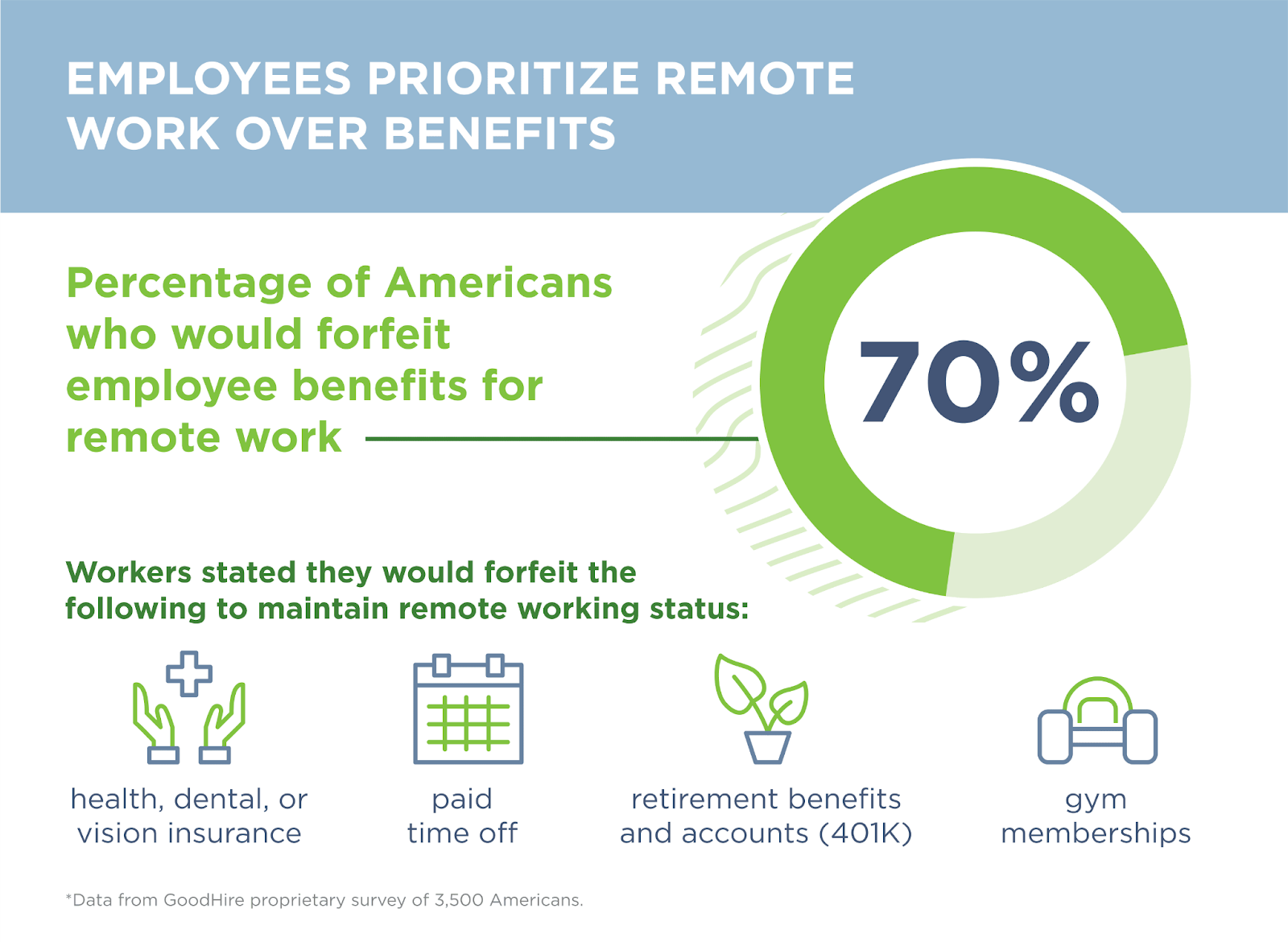 News
News
For many U.S. tech firms, the latest H1B Visa considerations have reignited an important question: Should you continue relying on overseas hires through complex visa processes, or pivot toward remote and nearshore alternatives? The landscape of global hiring is shifting fast, and businesses are starting to view distributed teams not as a temporary fix but as a long-term strategy. With rising visa costs, stricter approval procedures, and unpredictable policy shifts, remote development and nearshoring now offer a smarter, more resilient path to accessing top-tier talent. Companies that once depended heavily on H1B hires are discovering that the flexibility, scalability, and efficiency of remote teams can achieve the same quality, without the legal complexities.
The Shift Toward Remote and Nearshore Teams Began Long Before the H-1B Issues Arised
Even before the recent H-1B fee hikes and tighter restrictions, many U.S. tech companies were already exploring remote and nearshore models. The shift was not only about cost but also about flexibility, scalability, and access to a wider talent pool. Companies began realizing that great developers do not need to be in the same office to deliver quality work. Nearshoring to regions like Latin America offered overlapping time zones, cultural compatibility, and smoother communication. While the new H-1B regulations have accelerated this trend, the foundation for distributed teams was laid years ago by businesses searching for smarter and more agile ways to build software.
Why Nearshoring and Remote Work Make Sense for Employers
The appeal of nearshoring and remote work goes far beyond short-term savings or visa restrictions. Employers across the U.S. have realized that distributed teams can actually strengthen operations, improve project timelines, and open doors to a broader pool of skilled developers. Below are the key reasons why this model continues to gain traction and why it is becoming the preferred route for many forward-thinking companies.
→ Access to a Large Number of Skilled People.
Hiring remotely or nearshore allows companies to move beyond the limitations of local recruitment. Instead of competing for the same small group of developers in crowded U.S. markets, businesses can tap into global expertise. This means access to engineers who specialize in emerging technologies, legacy systems, or niche frameworks that might be difficult to find domestically. For employers, this creates a more balanced and diverse team where skills are matched precisely to project needs. The end result is stronger technical delivery and a workforce that brings fresh ideas from different markets.
→ Better Time Zone Alignment and Collaboration.
When teams work across drastically different time zones, communication delays and slow feedback loops can become major bottlenecks. That is why many companies have turned to nearshore destinations where the time difference is minimal. For U.S. employers, this often means Latin American countries that share overlapping working hours. Developers can join live calls, collaborate in real time, and respond quickly to last-minute changes or client needs. This alignment makes projects run smoothly and ensures that distributed work feels more connected, almost like having an extended in-house team.
→ Cost Savings Without Compromising Quality.
Cost is an undeniable factor, but what makes nearshoring stand out is that it offers affordability without cutting corners. Salaries, operational expenses, and benefits are often more manageable in nearshore markets, allowing businesses to reduce hiring costs significantly. However, this does not come at the expense of skill or professionalism. Many developers in nearshore regions have experience working with international clients and follow global best practices. The outcome is high-quality development at a fraction of the cost, helping companies use their budgets more efficiently.
→ Faster Hiring and Flexible Scaling.
Recruitment can take weeks or even months when limited to a local talent pool, especially for specialized roles. Remote and nearshore hiring opens the door to faster placements. Employers can quickly onboard developers through trusted partners or nearshore agencies that already have vetted talent available. Beyond speed, there is also flexibility. Teams can scale up during high-demand periods and scale down when projects end. This adaptability reduces the financial pressure of maintaining full-time staff for short-term needs, keeping operations lean and agile.
→ Lower Turnover and Improved Retention.
Remote work has proven to enhance employee satisfaction and work-life balance. When developers feel trusted and empowered to work from their preferred location, they tend to stay longer. This stability benefits employers who no longer have to deal with constant turnover or high recruitment costs. A motivated remote team is also more productive, as developers can create environments that suit their focus and creativity. Over time, this kind of satisfaction leads to better collaboration, stronger team loyalty, and higher-quality output.
→ Cultural Compatibility and Strong Communication.
Cultural alignment is often underestimated when it comes to outsourcing. Nearshoring, however, bridges that gap naturally. Many nearshore regions share similar business values, communication styles, and even language fluency with U.S. companies. This makes day-to-day collaboration seamless, reduces misunderstandings, and creates a more integrated team culture. The sense of familiarity makes it easier for developers to align with company goals, understand client expectations, and deliver in a way that feels collaborative rather than transactional.
→ Operational Resilience and Business Continuity.
Relying solely on a single location or workforce can expose businesses to unnecessary risks. Economic changes, local hiring shortages, or even global disruptions can quickly impact productivity. With nearshore or remote teams, companies build resilience. Work can continue even if one region faces challenges, ensuring ongoing delivery and minimal downtime. This distributed structure also makes it easier to manage workloads across different markets and keep projects running smoothly under any circumstance.
→ Faster Time to Market.
Speed is everything in software development. With remote and nearshore teams, hiring delays and visa processing times are no longer barriers. Companies can onboard skilled professionals faster, assign them to projects immediately, and reduce time lost to administrative hurdles. This accelerated pace enables businesses to release updates, fix bugs, and respond to user feedback much quickly. In a competitive market, being able to move faster without sacrificing quality can make all the difference.
→ Simplified Compliance and Reduced Legal Burden.
Hiring through traditional visa programs like H-1B often involves complex paperwork, long waiting periods, and unpredictable changes in regulations. Nearshoring eliminates those hurdles entirely. Employers can build international teams legally and efficiently through local partnerships or Employer of Record services that handle payroll, compliance, and labor laws. This structure minimizes legal risks and gives companies peace of mind, knowing that operations remain compliant while teams grow across borders.
Why Choose a Proper and Dedicated Nearshore Agency to Hire Developers
Access to Pre-Vetted, High-Quality Developers:
A dedicated nearshore agency maintains a strong network of pre-screened developers ready to match specific client needs. Unlike freelance platforms or basic outsourcing vendors, these agencies test candidates through technical evaluations, background checks, and language assessments before onboarding them. This ensures that every developer joining your project meets high professional and technical standards right from day one.
Streamlined Recruitment and Faster Team Setup:
Hiring through a nearshore agency significantly reduces the time and effort required to form a skilled development team. The agency handles sourcing, interviews, onboarding, and even replacement when necessary. This streamlined process lets companies start projects faster without the delays that come with internal recruitment cycles. It’s especially useful for fast-growing tech firms that can’t afford long hiring gaps or inconsistent talent quality.
Risk Management and Legal Protection:
Dedicated agencies take responsibility for all employment and compliance matters, including contracts, payroll, and local labor regulations. This minimizes the legal and financial risks of hiring across borders. Employers gain peace of mind knowing that every developer is legally employed under proper terms and that the agency maintains full compliance with regional laws.
Consistent Quality and Long-Term Partnership:
Unlike short-term outsourcing solutions, nearshore agencies invest in lasting client relationships. They provide continuous performance monitoring, ensure smooth communication, and offer dedicated support teams to address issues quickly. This leads to consistent code quality, better retention, and a stable partnership where developers evolve with your business over time.
Focused Project Management and Accountability:
Dedicated nearshore agencies also bring structure to remote development through experienced project managers and delivery oversight. They set measurable goals, maintain regular reporting, and ensure timely deliverables. This level of accountability helps companies maintain productivity and alignment with project objectives, something that’s often difficult to achieve when you hire remote developers independently.
Why Is Blue Coding the Right Partner?
Blue Coding helps businesses build reliable nearshore development teams across Latin America. With a strong focus on technical excellence and cultural alignment, the company connects U.S. firms with pre-vetted developers who integrate seamlessly into ongoing projects. From handling compliance and payroll to ensuring transparent communication and timely delivery, our team at Blue Coding makes remote collaboration simple, efficient, and worry-free. If you’re ready to hire skilled developers without dealing with visa hurdles or lengthy recruitment cycles, contact us to find your ideal nearshore team. We also offer a complimentary strategy call to answer your queries and discuss strategies!




